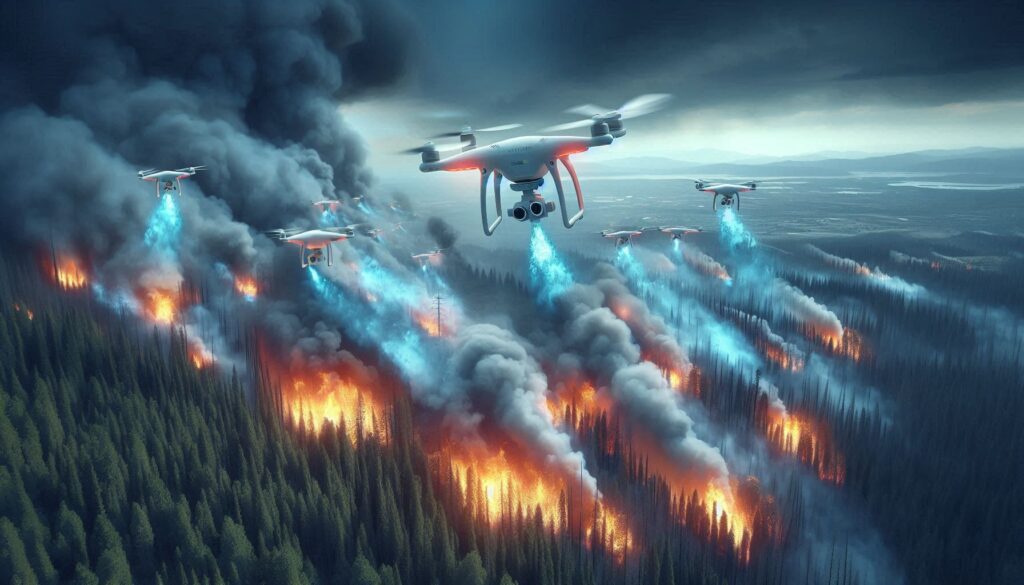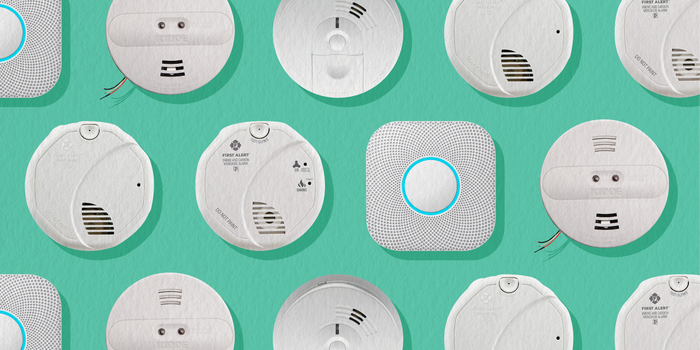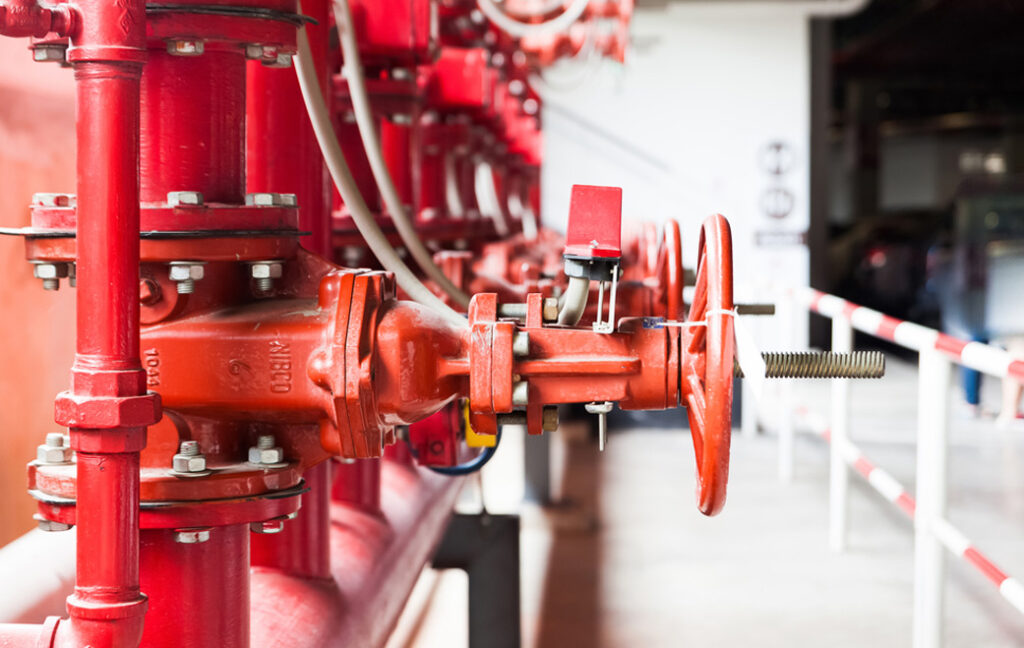Wildfires are one of the most destructive natural disasters, consuming millions of acres of forested land, displacing wildlife, and threatening human lives and property. The frequency and intensity of wildfires have increased dramatically in the last few decades, fueled by climate change, deforestation, and urban expansion into fire-prone areas. Traditional firefighting methods—whether ground-based or aerial—have limitations in terms of speed, precision, scalability, and safety. However, recent technological advancements in drone swarming have introduced an innovative and promising approach to combating wildfires.
Drone swarms, which involve the coordinated operation of multiple unmanned aerial vehicles (UAVs), have the potential to revolutionize wildfire suppression. By leveraging real-time data, artificial intelligence, and autonomous flight capabilities, drone swarms could provide a faster, safer, and more efficient response to wildfires. In this article, we’ll explore how drone swarms work, their advantages over traditional firefighting methods, and the challenges and possibilities of implementing this cutting-edge technology in wildfire management.
The Growing Threat of Wildfires
Wildfires have become a global crisis, particularly in regions like California, Australia, and the Mediterranean. In 2021 alone, wildfires in the United States burned over 7.6 million acres, causing billions of dollars in damages and significant loss of life. Factors such as prolonged drought, rising temperatures, and human activity have increased the likelihood of wildfires, creating conditions for larger and more intense blazes.
Traditional firefighting techniques, such as deploying ground crews and manned aircraft for water drops, are often insufficient to manage these rapidly spreading fires. Ground crews face significant risks, including heat exhaustion, smoke inhalation, and being trapped by shifting fire lines. Aerial firefighting is expensive and can be hazardous to pilots operating in poor visibility and turbulent conditions caused by the fire’s heat.
To address these challenges, researchers and engineers have turned to advanced technologies, including artificial intelligence, robotics, and UAVs. Among these innovations, drone swarms stand out as a game-changing approach to wildfire suppression.
What Are Drone Swarms?
A drone swarm refers to a coordinated group of UAVs that operate together to accomplish a shared objective. Unlike individual drones, which are manually controlled by a pilot, swarming drones operate autonomously and collaboratively. They are guided by algorithms that allow them to communicate, share data, and make decisions as a collective unit.
The concept of drone swarming is inspired by nature, particularly the behavior of insects like bees and ants, which work together as a group to achieve complex tasks. Just as a swarm of bees can efficiently search for and gather nectar, a swarm of drones can survey large areas, identify hotspots, and deliver fire retardants or water to precise locations.
Drone swarms rely on advanced technologies such as:
- Artificial Intelligence (AI): Algorithms enable the drones to analyze data, make decisions, and adapt to changing conditions in real time.
- Communication Networks: Drones in a swarm communicate with each other to share information about their surroundings and coordinate their movements.
- Sensors and Cameras: Equipped with thermal imaging, LiDAR, and high-resolution cameras, drones can detect fire hotspots, monitor wind patterns, and assess terrain.
- Autonomous Navigation: GPS and obstacle-avoidance systems allow drones to navigate safely and maintain formation, even in challenging environments.
By combining these capabilities, drone swarms offer an unprecedented level of precision, scalability, and efficiency in wildfire suppression.
How Drone Swarms Can Suppress Wildfires
Drone swarms can play multiple roles in wildfire management, from early detection and real-time monitoring to containment and extinguishment. Here’s how they can be deployed:
1. Early Detection and Monitoring
One of the most critical aspects of wildfire management is early detection. Drone swarms equipped with thermal imaging and infrared sensors can identify hotspots and small fires before they escalate into large-scale blazes. By continuously monitoring high-risk areas, drone swarms can provide real-time data to firefighters, enabling them to respond more quickly and effectively.
2. Real-Time Mapping and Data Collection
Wildfires are unpredictable, with wind, terrain, and weather conditions constantly influencing their behavior. Drone swarms can create detailed, real-time maps of active fire zones, providing invaluable data on fire intensity, movement, and spread. This information can guide firefighting strategies, such as where to deploy resources or establish firebreaks.
3. Targeted Suppression
One of the most promising applications of drone swarms is their ability to deliver fire retardants or water directly to the source of the fire. Traditional aerial firefighting methods, such as helicopters and fixed-wing aircraft, often struggle with precision due to the size and speed of the vehicles. In contrast, drones can fly closer to the fire and drop suppressant materials with pinpoint accuracy, reducing wastage and maximizing effectiveness.
4. Firebreak Creation
Drone swarms can be used to ignite controlled burns in strategic areas, a technique known as backburning. By starting small, controlled fires in the path of an advancing wildfire, firefighters can eliminate flammable material and create a barrier to slow the fire’s progress. Drones are particularly well-suited for this task, as they can operate in remote or dangerous areas where ground crews cannot safely go.
5. Post-Fire Assessment
After a wildfire has been contained, drone swarms can assist in assessing the damage and identifying areas that are still smoldering or at risk of reigniting. This helps ensure the fire is completely extinguished and aids in planning for recovery and reforestation.
Advantages of Using Drone Swarms in Wildfire Suppression
The use of drone swarms in wildfire suppression offers several key advantages over traditional methods:
1. Speed
Drones can be deployed quickly and reach remote areas faster than ground crews or manned aircraft. This rapid response can be critical in the early stages of a wildfire, when containment is still possible.
2. Safety
By operating autonomously, drones reduce the need for firefighters to work in dangerous conditions. This minimizes the risk of injury or death, particularly in areas with intense heat, poor visibility, or rapidly changing fire lines.
3. Precision
The ability of drones to deliver fire retardants and water with pinpoint accuracy makes them highly effective in suppressing localized hotspots. This reduces wastage and ensures resources are used efficiently.
4. Scalability
Drone swarms can be scaled up or down depending on the size and complexity of the wildfire. Hundreds or even thousands of drones can work together to cover large areas, making them suitable for both small and large-scale operations.
5. Cost-Effectiveness
Although the initial investment in drone technology may be high, the long-term costs are significantly lower than those of traditional firefighting methods. Drones do not require pilots, can be reused multiple times, and are less expensive to operate than helicopters or fixed-wing aircraft.
Challenges and Limitations
Despite their potential, there are several challenges to implementing drone swarms in wildfire suppression:
1. Regulatory and Legal Issues
The widespread use of drones is subject to strict regulations, particularly in terms of airspace management and safety. Coordinating large swarms of drones in areas affected by wildfires may require changes to existing laws and policies.
2. Technical Limitations
Current drone technology has limitations in terms of battery life, payload capacity, and range. Advances in battery technology and lightweight materials will be needed to improve the performance of firefighting drones.
3. Communication and Coordination
Maintaining reliable communication between drones in a swarm, especially in remote areas with limited connectivity, is a significant challenge. Interference from smoke, heat, and terrain can disrupt signals and compromise the effectiveness of the swarm.
4. Cost of Implementation
While drone swarms can be cost-effective in the long run, the initial costs of developing, manufacturing, and deploying them may be prohibitive for some firefighting agencies.
5. Ethical Concerns
The use of drones raises ethical questions, particularly regarding privacy and the potential for misuse. Ensuring that drones are used responsibly and transparently will be essential to gaining public trust.
The Future of Drone Swarms in Wildfire Management
As technology continues to evolve, the potential of drone swarms in wildfire suppression will only grow. Advances in AI, machine learning, and robotics will enable drones to become even more autonomous and efficient. In the future, we may see fully integrated systems where drone swarms work alongside manned aircraft, ground crews, and other firefighting tools to form a comprehensive wildfire management strategy.
Governments and private companies are already investing in research and development to make this vision a reality. For example, the U.S. Department of Defense has experimented with drone swarm technology for military purposes, and similar techniques could be adapted for firefighting. Additionally, companies like DJI and startups specializing in firefighting drones are pushing the boundaries of what UAVs can achieve.
Conclusion
Drone swarms represent a novel and transformative approach to wildfire suppression. By combining speed, precision, scalability, and safety, they have the potential to overcome many of the limitations of traditional firefighting methods. Although challenges remain, the continued development and deployment of drone swarm technology could significantly enhance our ability to manage and contain wildfires, protecting lives, property, and ecosystems in the process.
As we face an era of increasing wildfire risk, embracing innovative solutions like drone swarms will be essential. With the right investment, research, and collaboration, this technology could become a cornerstone of modern wildfire management, helping us safeguard our planet for future generations.





